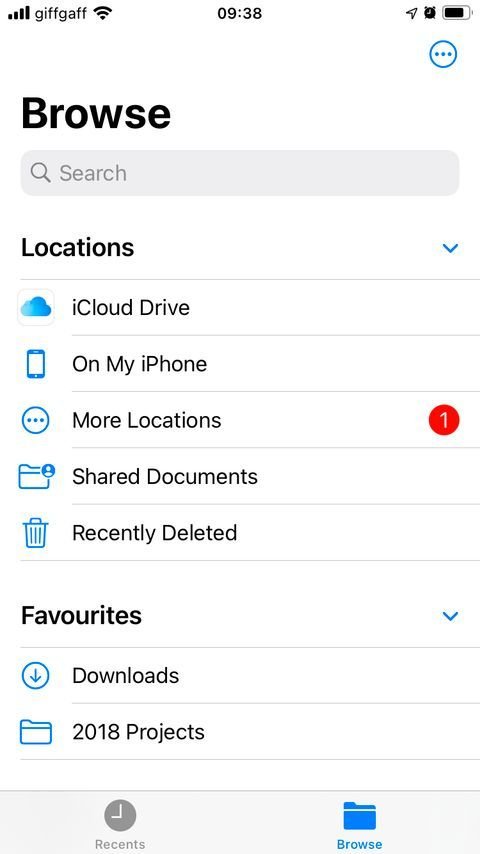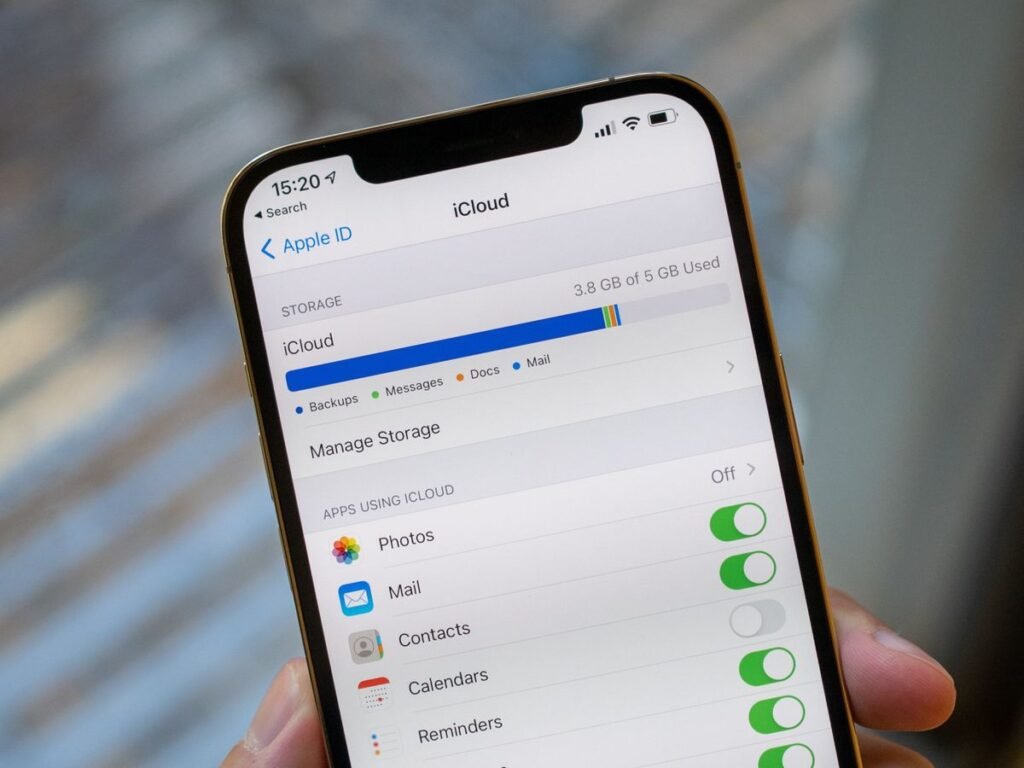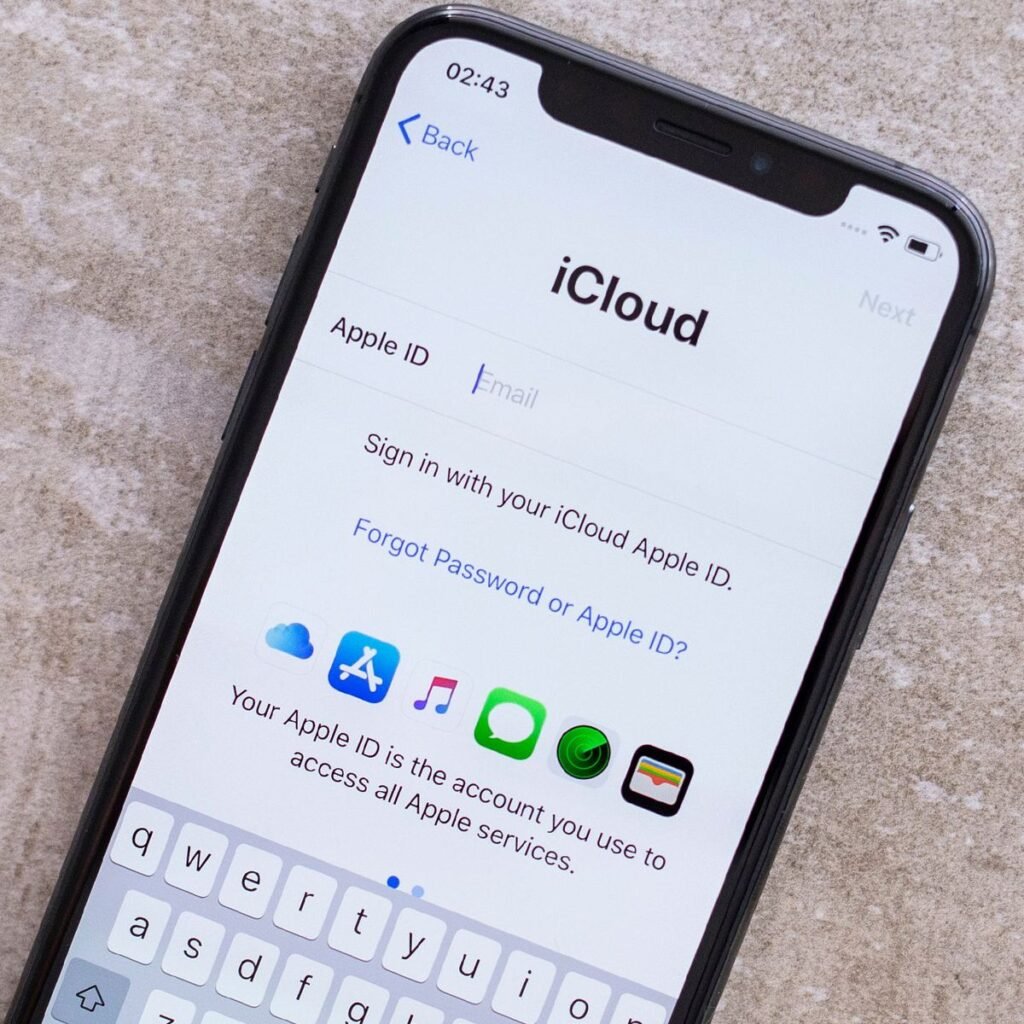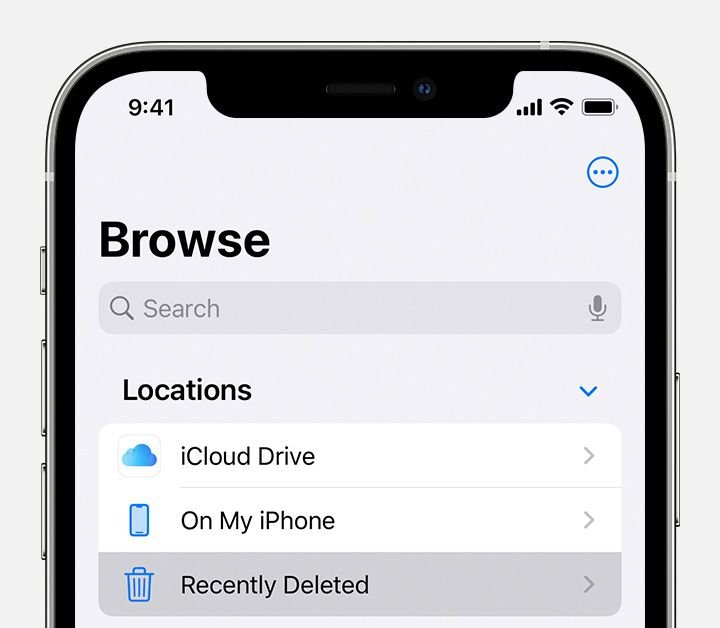Introduction
In today’s digital age, smartphones are essential tools for work, study, and entertainment. One of their most critical functions is downloading files—documents, PDFs, images, videos, and software. Whether it’s downloading an important report for work, a study resource for school, or a media file for personal use, the ability to download files directly from a browser is indispensable.
However, many users face a frustrating issue: their Phone Unable to download files from browsers like Chrome, Firefox, Safari, or Edge. This problem can disrupt productivity, delay tasks, and create unnecessary stress. Unlike a computer, where troubleshooting can be more straightforward, Phone Unable involve multiple layers, including storage, browser settings, operating system permissions, and network connectivity.
The good news is that most download issues can be resolved with systematic troubleshooting, starting from basic fixes to advanced solutions. This comprehensive guide will cover the common causes, step-by-step fixes, preventive measures, and professional solutions for Phone Unable to download files from browsers.

Common Causes of Phone Unable to Download Files from Browser
Understanding the root cause is critical before attempting any fixes. The issue can stem from multiple areas, including network problems, storage issues, browser errors, system settings, and security restrictions. Here are the most common causes:
1. Insufficient Storage Space
- If your Phone Unable internal storage is full or almost full, new files cannot be downloaded.
- Some browsers allow setting a specific download folder; if that folder is inaccessible or full, downloads will fail.
- Notifications such as “Insufficient Storage” or failed download errors often indicate this problem.
2. Poor or Unstable Internet Connection
- A weak or intermittent internet connection can prevent files from downloading fully.
- Phone Unable data restrictions, slow Wi-Fi, or network congestion may cause incomplete downloads.
- Downloads may appear stuck or fail repeatedly, especially for large files.
3. Browser Cache and Data Issues
- Over time, browser cache and stored data can become corrupted, leading to download failures.
- Excessive cache may also slow down the browser, affecting download performance.
- Old cookies or misconfigured settings in the browser can block file downloads.
4. Outdated Browser or OS
- Browsers and operating systems receive regular updates to improve security and performance.
- An outdated browser may be incompatible with certain file types or download protocols.
- Similarly, an outdated OS may have security restrictions preventing downloads.
5. App Permissions and Security Settings
- Some browsers require specific permissions to access storage and download files.
- On Android: Settings → Apps → Browser → Permissions → Allow Storage Access
- On iOS: Safari → Settings → Allow Downloads or related permissions.
- Antivirus or security apps may also block downloads from untrusted sources.
6. File Type Restrictions
- Certain file types, like APKs, EXE, or ZIP, may be blocked by default browser or OS security settings.
- Some browsers only allow safe file types, and downloading restricted formats may fail.
7. Corrupted Download Folder
- If the folder where files are being saved is corrupted or inaccessible, downloads will not complete.
- This can happen after OS updates, app crashes, or manual deletion of system folders.
8. VPNs, Proxies, or Network Restrictions
- Using a VPN or proxy may block file downloads if the server limits certain content types.
- Network restrictions at work, school, or public Wi-Fi can also prevent downloads.
9. Malware or System Glitches
- Malware or rogue apps may block downloads to protect themselves or exploit vulnerabilities.
- System glitches, especially after updates or app installations, can interfere with browser functionality.

Step-by-Step Basic Fixes
Before diving into advanced troubleshooting, start with these simple and practical solutions. Many download issues can be resolved within minutes using these steps.
1. Restart Your Phone
- Power off your Phone Unable, wait 10–15 seconds, and then turn it back on.
- Restarting helps clear temporary system glitches that may block downloads.
- After restart, retry downloading the file.
2. Check Internet Connection
- Ensure you are connected to a stable Wi-Fi or Phone Unable data network.
- Try switching between Wi-Fi and Phone Unable data to see if the issue persists.
- Test by opening a website or streaming a video to confirm connectivity.
3. Verify Storage Space
- Check your Phone Unable storage:
- Android: Settings → Storage
- iOS: Settings → General → iPhone Storage
- Free up space if storage is low by deleting unwanted files, clearing cache, or transferring files to cloud storage.
4. Retry the Download
- Sometimes, the download fails due to a temporary browser or network glitch.
- Cancel the current attempt and try downloading the file again.
5. Clear Browser Cache
- Cached data may interfere with downloads.
- Steps:
- Chrome (Android/iOS): Settings → Privacy → Clear Browsing Data → Cache
- Safari (iOS): Settings → Safari → Clear History and Website Data
- After clearing cache, restart the browser and try downloading again.
6. Check File Type
- Ensure the file type is allowed by your browser and OS.
- For example, APKs on Android may require “Install Unknown Apps” permission.
- Some browsers block executable files (EXE, MSI) on Phone Unable for security reasons.
7. Disable VPN or Proxy Temporarily
- VPNs and proxies can block downloads from certain servers.
- Disable the VPN and retry downloading to see if the file completes successfully.
8. Use an Alternative Browser
- If the default browser fails, try another browser like Firefox, Opera, Edge, or Brave.
- Sometimes download issues are browser-specific.
9. Check Download Folder Accessibility
- Make sure the folder where files are being saved exists and is accessible.
- On Android, check Downloads app or File Manager.
- On iOS, check Files app → On My iPhone / iCloud Drive.
10. Restart the Browser
- Close the browser completely and reopen it.
- On Android, go to Settings → Apps → [Browser] → Force Stop, then relaunch.
- On iOS, swipe up to close the browser and reopen.
Part 3: Intermediate Troubleshooting
If basic fixes didn’t resolve the download issue, the problem may be related to app permissions, system settings, or browser configurations. These intermediate steps require a bit more effort but usually solve persistent issues.
1. Check App Permissions
- Browsers need permission to access storage to save downloaded files.
- On Android:
- Go to Settings → Apps → [Browser] → Permissions.
- Enable Storage permission.
- On iOS:
- Safari uses the Files app for downloads. Ensure access to iCloud Drive or On My iPhone Unable.
- Without proper permissions, downloads may fail silently.
2. Update Your Browser
- Outdated browsers may have compatibility issues or security bugs that block downloads.
- Update your browser via:
- Google Play Store / App Store → Updates
- After updating, retry the download.
3. Clear Browser Data and Cookies
- Corrupted cookies or excessive stored data may interfere with downloads.
- Steps:
- Chrome (Android/iOS): Settings → Privacy → Clear Browsing Data → Cookies & Site Data
- Safari (iOS): Settings → Safari → Clear History and Website Data
- After clearing, restart the browser and try downloading.
4. Reset Browser Settings
- Resetting the browser restores it to default settings, removing misconfigurations that may block downloads.
- Steps:
- Chrome: Settings → Reset Settings → Restore Defaults
- Safari: Settings → Safari → Advanced → Website Data → Remove All Website Data
5. Disable Security or Antivirus Apps Temporarily
- Some security apps may block downloads from unknown sources.
- Temporarily disable antivirus or security apps and retry the download.
- If the download works, adjust app settings to allow trusted downloads.
6. Verify Download Location
- Ensure the folder or path where downloads are saved is accessible and not corrupted.
- On Android, open File Manager → Downloads to verify.
- On iOS, check Files app → Downloads.
7. Check Network Restrictions
- Some networks block file downloads, especially on public Wi-Fi or work networks.
- Try downloading using:
- Phone Unable data instead of Wi-Fi
- A different Wi-Fi network
- This can help identify if network restrictions are the cause.
8. Disable Data Saver or Low Data Mode
- Android: Settings → Network & Internet → Data Saver → Turn Off
- iOS: Settings → Cellular → Low Data Mode → Turn Off
- Data saver modes can block or slow large downloads.
9. Test With a Different Browser
- Sometimes, the issue is browser-specific.
- Install another browser (e.g., Firefox, Opera, Edge) and test downloading the same file.
- If it works, the original browser may be corrupted or misconfigured.
10. Check File Size and Type
- Large files may fail if the browser or OS has download limits.
- Some file types (APK, EXE, ZIP) may require additional permissions.
- Consider using a download manager app for large files.

Part 4: Advanced Solutions
If basic and intermediate fixes didn’t solve the issue, the problem may be tied to system-level settings, corrupted system files, or deeper browser and OS conflicts. These advanced methods require caution, as they involve more significant changes to your device.
1. Reset Network Settings
- Corrupted network configurations can block downloads.
- Steps:
- Android: Settings → System → Reset Options → Reset Wi-Fi, Phone Unable & Bluetooth
- iOS: Settings → General → Transfer or Reset iPhone → Reset → Reset Network Settings
- After reset, reconnect to Wi-Fi and try downloading again.
2. Factory Reset Browser
- If the browser is severely misconfigured, resetting it can restore default behavior.
- Steps for Chrome: Settings → Reset Settings → Restore Defaults
- For Safari, reset website data via Settings → Safari → Clear History and Website Data
- Note: This will remove saved passwords and preferences, so backup important data.
3. Use a Download Manager App
- For large files or unstable connections, a download manager can improve reliability.
- Recommended apps:
- Advanced Download Manager (ADM) for Android
- Documents by Readdle for iOS
- These apps can resume interrupted downloads and manage multiple files efficiently.
4. Check System Storage Permissions
- Sometimes, OS-level storage restrictions prevent downloads.
- Ensure that the browser has full storage access.
- Android: Settings → Apps → [Browser] → Permissions → Storage → Allow
- iOS: Safari uses the Files app for storage. Confirm that iCloud Drive or local storage access is enabled.
5. Disable VPN or Proxy at System Level
- If a VPN or proxy is interfering with downloads, disable it system-wide:
- Android: Settings → Network & Internet → VPN → Disconnect
- iOS: Settings → VPN → Turn Off
- Retry downloading after disabling VPN/proxy.
6. Check for OS Updates
- Outdated operating systems may have bugs that block downloads.
- Android: Settings → System → Software Update → Check for Updates
- iOS: Settings → General → Software Update
- Updating the OS can fix underlying issues and improve browser compatibility.
7. Clear System Cache (Android Only)
- Cached system data can interfere with file downloads.
- Steps:
- Power off the Phone Unable.
- Boot into recovery mode (varies by manufacturer).
- Select Wipe Cache Partition.
- Reboot and test downloads.
8. Check for Malware
- Malware or rogue apps may block downloads.
- Run a full system scan using a trusted antivirus app:
- Android: Malwarebytes, Avast Phone Unable Security
- iOS: Less common, but check for suspicious apps or profiles
- Remove any detected threats and retry the download.
9. Test With Another Browser
- If issues persist, try downloading the same file using a different browser to isolate whether it’s a browser or system issue.
- Popular alternatives: Firefox, Opera, Edge, Brave
10. Factory Reset the Phone (Last Resort)
- If all else fails, a factory reset restores the Phone Unable to original settings, resolving deep software conflicts.
- Steps:
- Android: Settings → System → Reset Options → Erase All Data (Factory Reset)
- iOS: Settings → General → Transfer or Reset iPhone → Erase All Content and Settings
- Backup important data before performing this step.
Part 5: Preventive Measures
Once your phone is able to download files successfully, it’s important to take steps to prevent future issues. Many download problems are avoidable with proper care, settings, and maintenance.
1. Keep Browser and OS Updated
- Regular updates fix bugs, security issues, and compatibility problems.
- Enable auto-updates for your browser and OS to ensure you always have the latest version.
- Updated software improves download reliability and overall system stability.
2. Maintain Sufficient Storage
- Regularly monitor your Phone Unable storage and free up space when necessary.
- Remove unused apps, old files, and cache to prevent insufficient storage errors.
- Consider using cloud storage for large files.
3. Manage App Permissions Carefully
- Always grant necessary permissions to browsers for storage access.
- Avoid revoking permissions unless necessary, as this can block future downloads.
4. Avoid Untrusted Websites and Files
- Download files only from trusted sources to reduce the risk of malware or blocked downloads.
- Avoid suspicious links, pop-ups, or unknown file types.
- This also prevents potential security apps from blocking downloads.
5. Use Stable Internet Connections
- Ensure a stable Wi-Fi or Phone Unable data connection when downloading files.
- Avoid switching networks mid-download, as interruptions can corrupt files.
6. Limit VPN or Proxy Use
- Only use VPNs or proxies when necessary.
- Some VPNs or restricted networks can block or slow downloads.
7. Clear Browser Cache Periodically
- Regularly clear browser cache and cookies to prevent corrupted data from affecting downloads.
- This also helps improve browser performance and speed.
8. Test Downloads Occasionally
- Periodically test downloading small files to ensure your Phone Unable is functioning properly.
- Early detection of problems can prevent larger issues with important files.
9. Use Download Managers for Large Files
- For large files, use download manager apps that can resume interrupted downloads.
- This is particularly helpful on unstable networks.
10. Backup Important Data
- Maintain regular backups of downloaded files and Phone Unable data.
- This ensures you won’t lose important documents in case of storage or software issues.
Part 6: When to Seek Professional Help
While most download issues can be resolved using basic, intermediate, and advanced troubleshooting, there are situations where professional intervention is necessary. Knowing when to seek help can save time, prevent further damage, and protect your data.
1. Persistent Download Failures
- If your Phone Unable still cannot download files after trying:
- Restarting the device
- Checking storage and permissions
- Resetting browser and network settings
- This may indicate a deeper software or OS-level issue that requires expert diagnosis.
2. Malware or Security Threats
- Some malware or rogue apps can block downloads or modify system files.
- If your antivirus app detects malware or the device behaves suspiciously (pop-ups, slow performance), contact professional support for safe removal.
3. Corrupted System Files
- Downloads may fail if critical system files are corrupted, often after:
- OS updates
- Failed software installations
- App crashes
- A technician can restore or repair the OS without losing personal data.
4. Storage Hardware Issues
- If your Phone Unable internal storage is damaged or failing, downloads may fail even with sufficient free space.
- Symptoms include slow read/write speeds, frequent app crashes, or inability to save files.
- Professional repair or storage replacement may be required.
5. Network Hardware Problems
- Issues with Wi-Fi or Phone Unable data hardware (antenna, SIM card, or modem) can prevent downloads.
- If switching networks doesn’t help, a technician can diagnose hardware connectivity issues.
6. Warranty and Manufacturer Support
- Check if your Phone Unable is under warranty.
- Manufacturer support can provide:
- Official repair services
- Firmware restoration
- Hardware replacement if needed
- Using authorized support ensures safety and reliability, unlike third-party fixes.
7. Avoid DIY Hardware Repairs
- Attempting to fix internal hardware (storage, motherboard, or modem) yourself may void warranties or cause permanent damage.
- Always consult authorized service centers for professional assistance.
8. Backup Before Seeking Help
- Always backup important files and settings before taking your Phone Unable for professional repair.
- This prevents data loss in case of factory resets or hardware replacements.
Part 7: FAQs (Frequently Asked Questions)
Here are some common questions users face when their Phone Unable is unable to download files from a browser, along with quick solutions.
1. Why can’t I download files from Chrome or Safari?
- Causes may include insufficient storage, network issues, or browser misconfigurations.
- Solution: Check storage, clear cache, and ensure permissions are granted.
2. Does antivirus block downloads?
- Yes. Some antivirus or security apps block downloads from unknown or unsafe sources.
- Solution: Temporarily disable antivirus or adjust settings to allow trusted downloads.
3. What if I get an “Insufficient Storage” error?
- Your Phone Unable doesn’t have enough free space to save the file.
- Solution: Delete unnecessary files, clear cache, or move files to cloud storage.
4. Why are large files failing to download?
- Large files may fail on unstable networks or restricted browsers.
- Solution: Use a stable Wi-Fi connection or a download manager app that can resume interrupted downloads.
5. Can VPNs or proxies cause download issues?
- Yes. Some VPNs or proxies block certain downloads.
- Solution: Disable VPN/proxy and retry downloading.
6. How do I fix corrupted downloads?
- A download may be incomplete or corrupted due to network interruptions.
- Solution: Cancel the download, clear browser cache, and retry.
7. Why do downloads work on one browser but not another?
- This indicates a browser-specific issue, such as misconfigured settings, corrupted cache, or outdated browser version.
- Solution: Update or reset the affected browser, or try an alternative browser.
8. Can malware prevent downloads?
- Yes. Malware may block downloads or interfere with browser functionality.
- Solution: Scan your device with a trusted antivirus and remove any detected threats.
9. Should I reset my network settings?
- Resetting network settings can fix connectivity-related download issues.
- Solution: Android → Settings → System → Reset Options → Reset Wi-Fi, Phone Unable & Bluetooth; iOS → Settings → General → Reset → Reset Network Settings
10. When should I contact professional support?
- If all troubleshooting fails, or there are signs of hardware failure, persistent malware, or OS corruption, seek professional help.
- Backup data before visiting an authorized service center.

